20 Unmistakable Signs Your Body Might Be Battling Peripheral Vascular Disease
Peripheral Vascular Disease (PVD) is a condition that often lurks in the shadows, silently affecting millions worldwide. It involves the narrowing of blood vessels outside of the heart and brain, primarily affecting the arteries in the legs and feet. This condition can lead to reduced blood flow, which in turn can cause a variety of symptoms. The significance of recognizing these symptoms early cannot be overstated, as timely intervention can prevent severe complications, including critical limb ischemia and even amputation. The importance of early detection and intervention in PVD cannot be overstated. As we journey through the various ways your body signals its struggle against this condition, it becomes clear that awareness is key. By understanding these signs, individuals can seek medical attention promptly, potentially avoiding severe consequences. This article aims to equip you with the knowledge needed to recognize these symptoms, empowering you to take proactive steps in managing your vascular health.
1. Unexplained Leg Pain: The Silent Cry
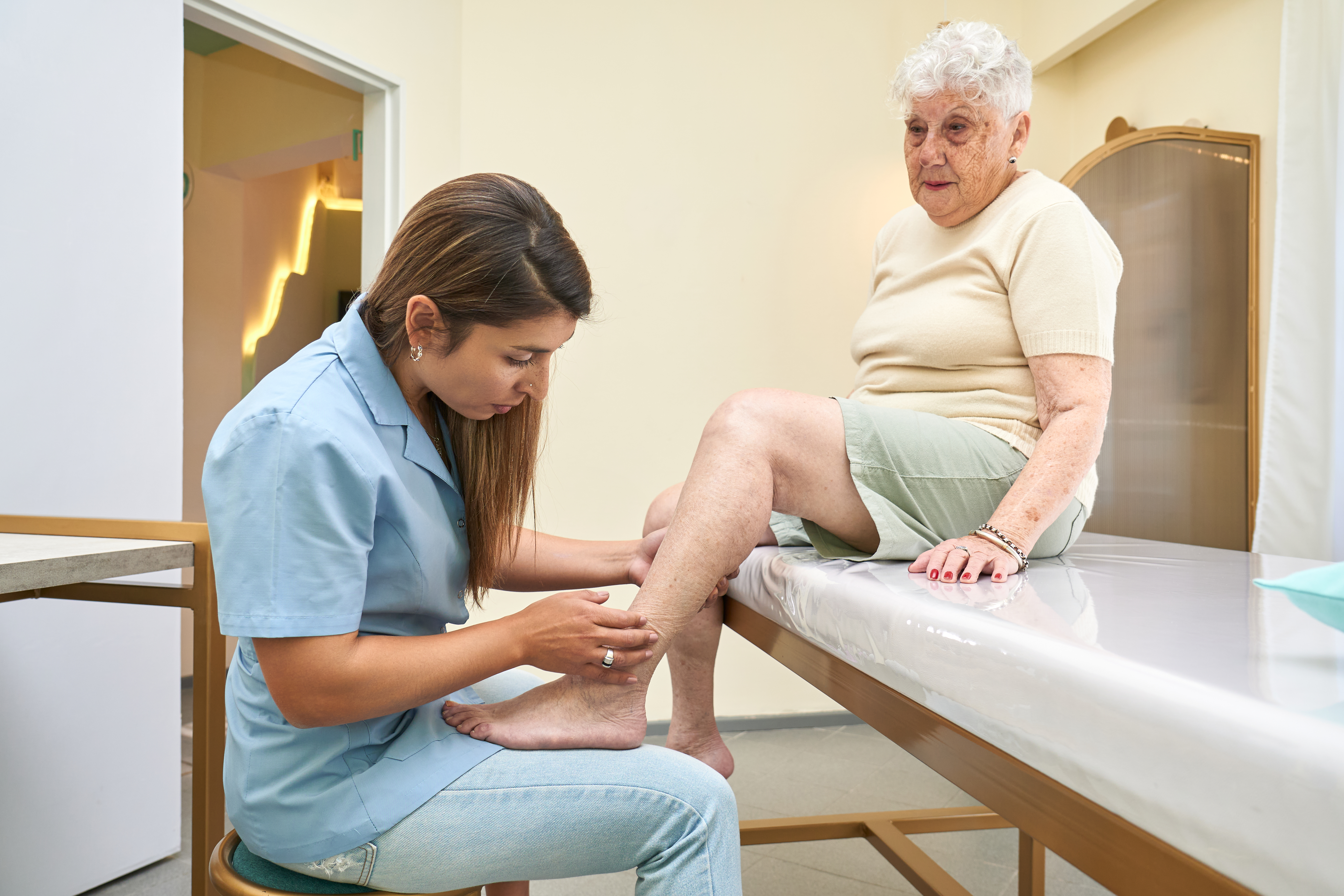
One of the earliest and most subtle indicators of PVD is unexplained leg pain, often described as a cramping sensation. This pain, known as claudication, typically occurs during physical activity such as walking or climbing stairs and subsides with rest. It results from reduced blood flow to the muscles, which are deprived of the oxygen and nutrients needed for proper function. While leg pain can be attributed to various causes, its occurrence during exertion and relief during rest is a hallmark of PVD. Claudication can vary in intensity, ranging from mild discomfort to severe pain that limits mobility. Unfortunately, many individuals dismiss this symptom as a natural part of aging or attribute it to other conditions like arthritis. This oversight can delay diagnosis and treatment, allowing PVD to progress unchecked. Recognizing the pattern of pain and seeking medical evaluation is crucial in identifying PVD early and preventing further complications. Beyond the physical discomfort, unexplained leg pain can significantly impact one's quality of life. It can lead to a sedentary lifestyle, further exacerbating the risk factors associated with PVD. By understanding the connection between leg pain and PVD, individuals can make informed decisions about seeking medical advice and adopting lifestyle changes that promote vascular health.
2. Cold Extremities: A Chilling Signal

Another subtle yet telling sign of PVD is persistently cold extremities, particularly in the feet and toes. This symptom arises from the reduced blood flow to the affected areas, which deprives them of warmth and essential nutrients. While cold feet can be a common occurrence, especially in colder climates, persistent coldness that doesn't improve with warming measures may indicate an underlying vascular issue. The sensation of cold extremities can be accompanied by numbness or tingling, adding to the discomfort experienced by individuals with PVD. This symptom is often more pronounced in one limb, reflecting the asymmetrical nature of arterial blockages. As blood flow continues to be compromised, the skin may also appear pale or bluish, further signaling the body's struggle to maintain adequate circulation. Ignoring cold extremities can have serious consequences, as prolonged reduced blood flow can lead to tissue damage and even ulceration. By recognizing this symptom as a potential indicator of PVD, individuals can seek timely medical evaluation and intervention. Addressing the underlying vascular issues can improve circulation, alleviate symptoms, and prevent complications that may arise from untreated PVD.
3. Slow-Healing Wounds: The Body's Cry for Help
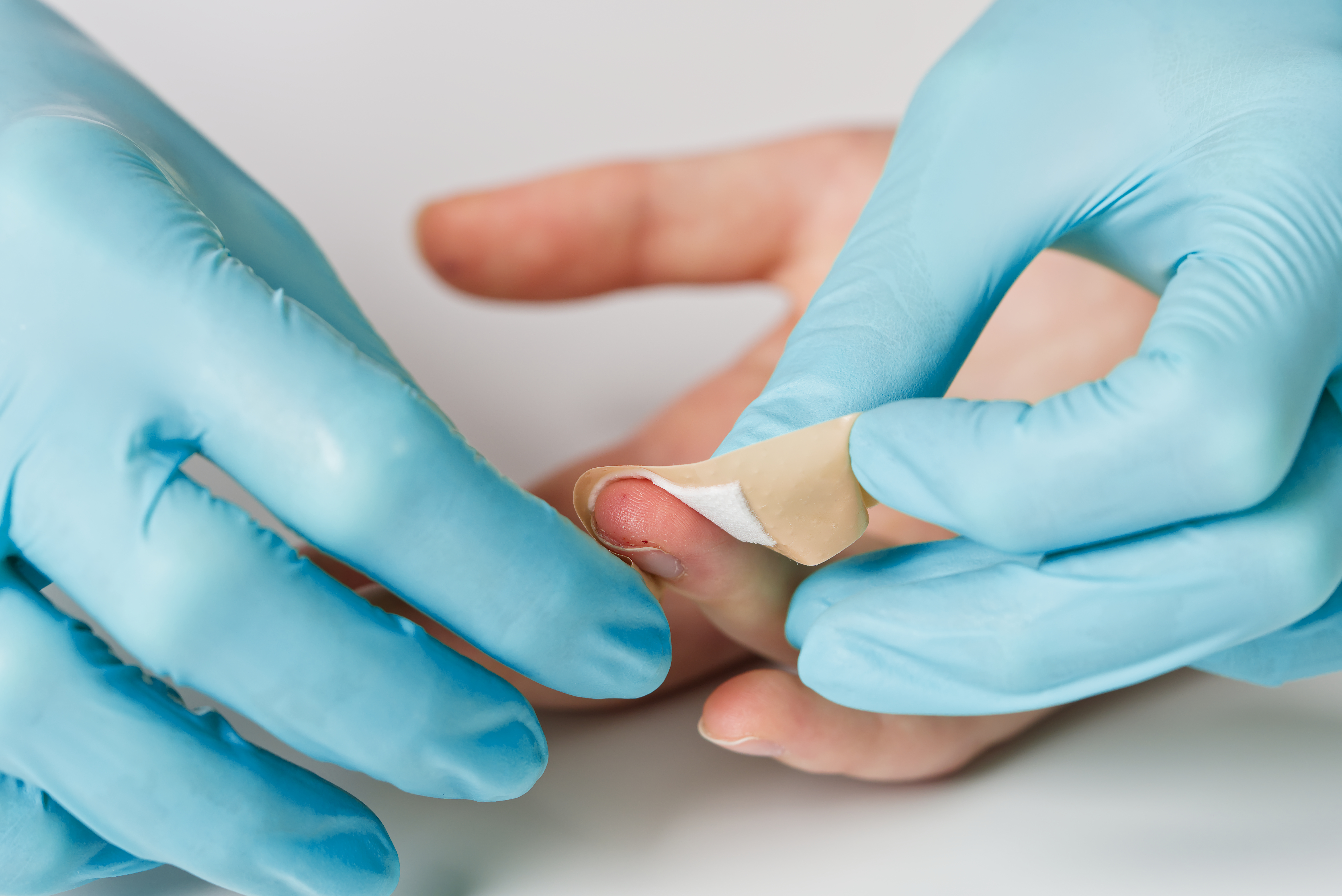
Slow-healing wounds, particularly on the legs and feet, are a significant indicator that your body may be grappling with PVD. These wounds, often referred to as ulcers, can develop from minor injuries or pressure points and persist due to insufficient blood flow. The lack of adequate circulation impairs the body's natural healing processes, allowing even small wounds to become chronic and potentially infected. The presence of slow-healing wounds is a red flag that should not be ignored. It reflects the compromised state of the vascular system, where the delivery of oxygen and nutrients necessary for tissue repair is hindered. This symptom is particularly concerning for individuals with diabetes, as they are at an increased risk of developing foot ulcers due to both PVD and neuropathy. Addressing slow-healing wounds requires a multifaceted approach. Medical evaluation is essential to assess the extent of vascular impairment and develop an appropriate treatment plan. This may include lifestyle modifications, medication, and in some cases, surgical intervention to restore blood flow. By recognizing and addressing this symptom early, individuals can prevent further complications and improve their overall vascular health.
4. Changes in Skin Color and Texture: The Visual Clues

The skin can provide valuable visual clues about the state of your vascular health, particularly in the presence of PVD. Changes in skin color and texture, such as pallor, bluish tint, or shiny appearance, can indicate reduced blood flow to the affected areas. These changes often occur in the legs and feet, where the impact of PVD is most pronounced. Pallor or a bluish tint in the skin reflects the lack of adequate oxygenated blood reaching the tissues. This can be particularly noticeable when the limb is elevated, as gravity further reduces blood flow. Conversely, when the limb is lowered, the skin may appear reddish or flushed due to the sudden rush of blood. These color changes are indicative of the body's struggle to maintain proper circulation and can serve as an early warning sign of PVD. In addition to color changes, the skin may also become thin, shiny, and prone to cracking. This occurs as a result of the reduced blood supply, which affects the skin's ability to regenerate and maintain its integrity. Recognizing these changes and seeking medical evaluation can help identify PVD early, allowing for timely intervention and improved outcomes.
5. Weak Pulse: The Heart's Struggle
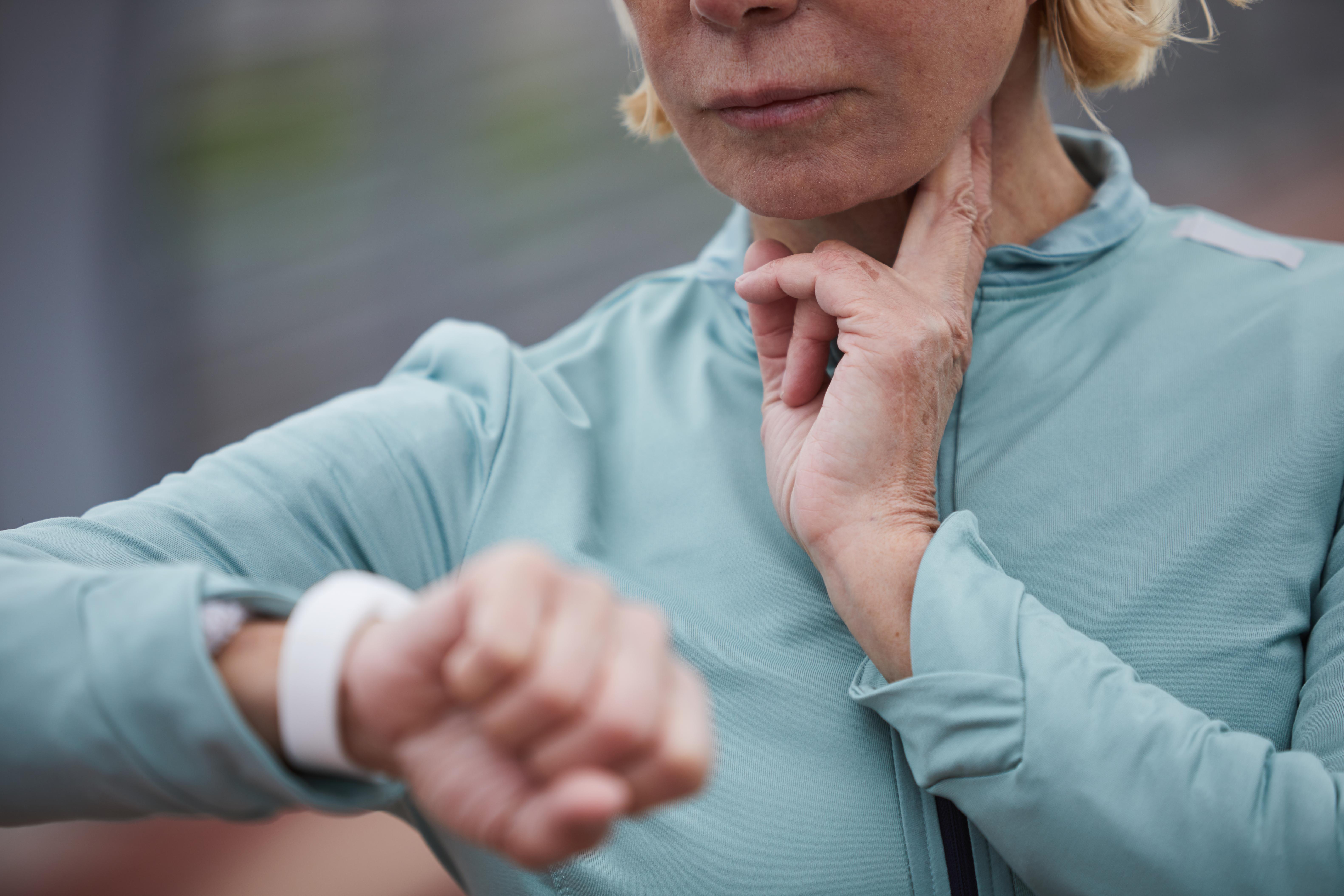
A weak or absent pulse in the extremities is a critical sign that your body is fighting PVD. The pulse, which can be felt at various points along the arteries, reflects the flow of blood through the vascular system. In individuals with PVD, the narrowing of arteries can significantly reduce or even block the flow of blood, resulting in a diminished pulse. The absence of a pulse in the feet or ankles is a concerning indicator of severe arterial blockage. This can be assessed through a simple physical examination, where a healthcare provider palpates the pulse points to evaluate the strength and regularity of blood flow. In some cases, additional diagnostic tests such as Doppler ultrasound may be used to assess the extent of vascular impairment. Recognizing a weak pulse as a sign of PVD is crucial for timely diagnosis and intervention. It reflects the severity of arterial narrowing and the need for medical evaluation to determine the appropriate course of action. By addressing the underlying vascular issues, individuals can improve blood flow, alleviate symptoms, and reduce the risk of complications associated with untreated PVD.
6. Numbness or Tingling: The Nervous System's Alarm

Numbness or tingling in the extremities is a common symptom of PVD, signaling the nervous system's response to reduced blood flow. This sensation, often described as "pins and needles," occurs when the nerves are deprived of the oxygen and nutrients needed for proper function. It is most commonly experienced in the legs and feet, where the impact of PVD is most pronounced. The presence of numbness or tingling can be particularly concerning, as it may indicate significant vascular impairment. This symptom is often more pronounced during physical activity, when the demand for oxygen and nutrients is increased. However, it can also occur at rest, reflecting the chronic nature of reduced blood flow in individuals with PVD. Ignoring numbness or tingling can have serious consequences, as prolonged nerve damage can lead to permanent sensory loss and impaired mobility. Recognizing this symptom as a potential indicator of PVD is essential for timely diagnosis and intervention. By addressing the underlying vascular issues, individuals can improve circulation, alleviate symptoms, and prevent further complications.
7. Fatigue in the Legs: The Muscles' Silent Protest
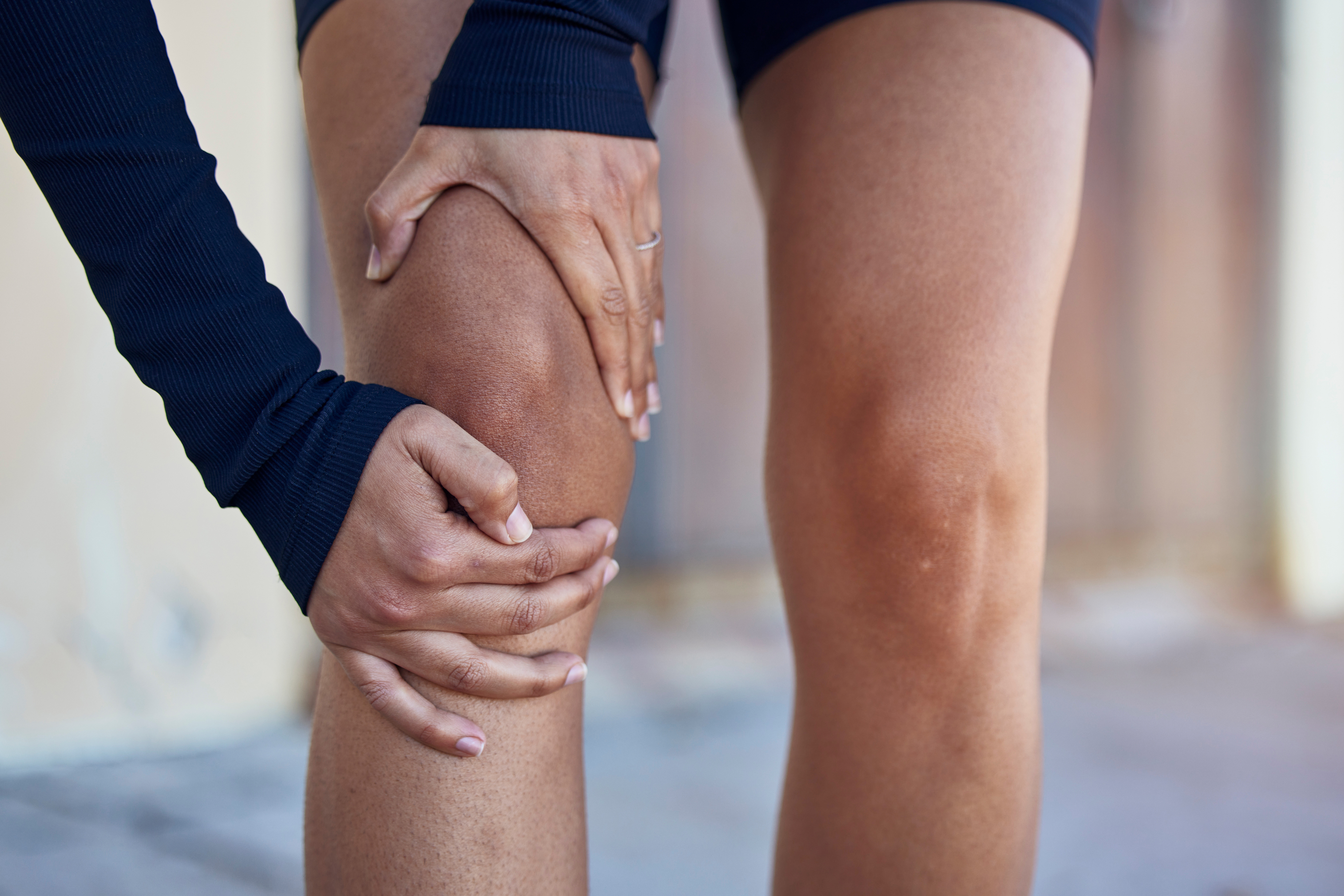
Fatigue in the legs, often described as a feeling of heaviness or weakness, is a subtle yet telling sign of PVD. This symptom occurs when the muscles are deprived of the oxygen and nutrients needed for proper function, leading to a sensation of tiredness and reduced endurance. It is most commonly experienced during physical activity, such as walking or climbing stairs, and can significantly impact one's quality of life. The presence of leg fatigue can be particularly concerning, as it may indicate significant vascular impairment. This symptom is often accompanied by other signs of PVD, such as leg pain or numbness, reflecting the body's struggle to maintain adequate circulation. Recognizing and addressing leg fatigue is crucial for timely diagnosis and intervention, allowing individuals to improve their vascular health and prevent further complications. Ignoring leg fatigue can have serious consequences, as prolonged reduced blood flow can lead to muscle atrophy and impaired mobility. By understanding the connection between leg fatigue and PVD, individuals can seek medical evaluation and adopt lifestyle changes that promote vascular health. This may include regular exercise, dietary modifications, and smoking cessation, all of which can improve circulation and alleviate symptoms.
8. Hair Loss on Legs: The Follicles' Silent Scream
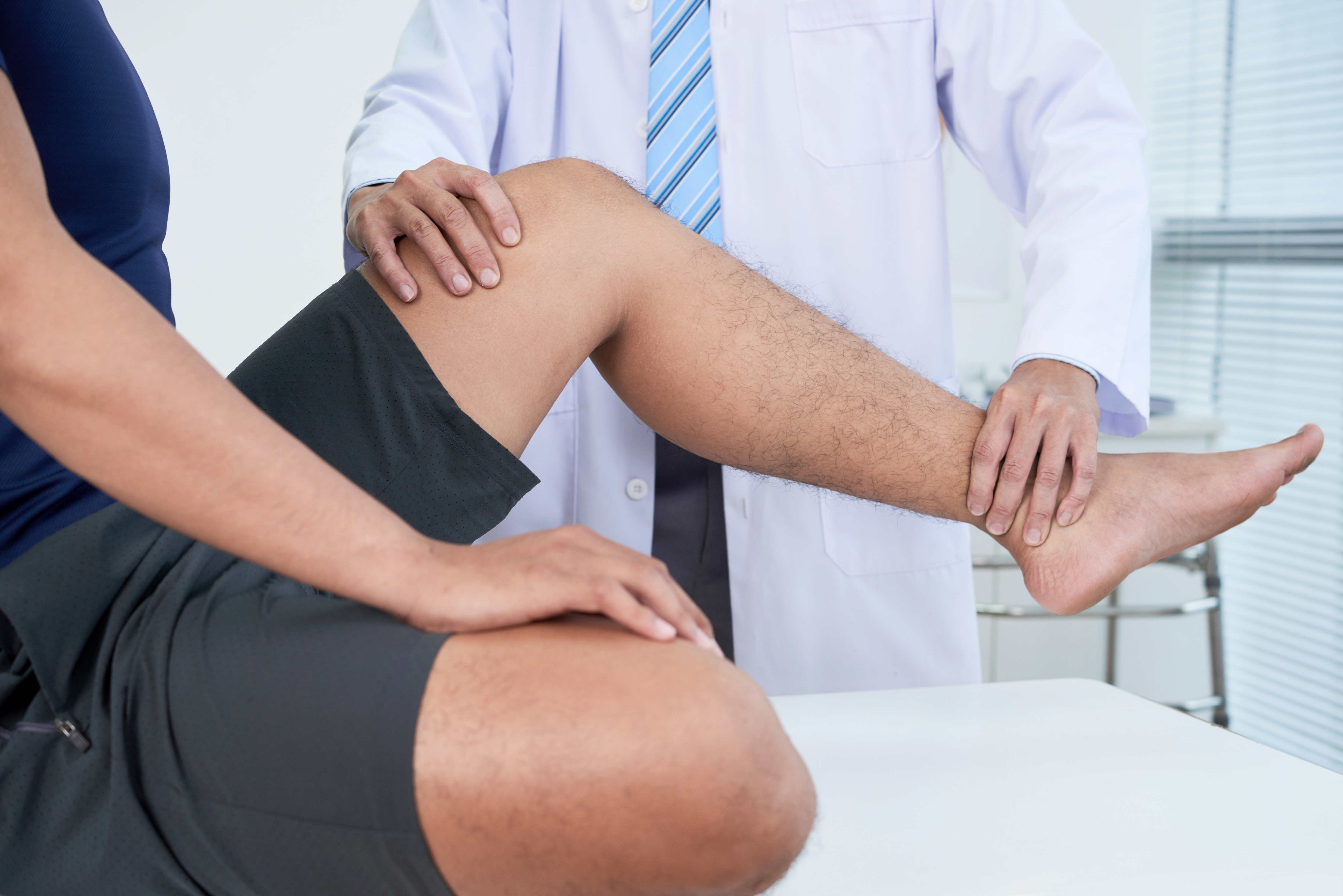
Hair loss on the legs is a subtle yet significant indicator that your body may be grappling with PVD. This symptom occurs when the reduced blood flow to the affected areas deprives hair follicles of the oxygen and nutrients needed for growth. As a result, the hair on the legs may become sparse, thin, or even absent, reflecting the compromised state of the vascular system. The presence of hair loss on the legs is often overlooked, as it can be attributed to other factors such as aging or hormonal changes. However, in the context of other symptoms of PVD, it serves as a valuable clue to the underlying vascular issues. Recognizing this symptom and seeking medical evaluation can help identify PVD early, allowing for timely intervention and improved outcomes. Addressing hair loss on the legs requires a comprehensive approach that includes medical evaluation, lifestyle modifications, and in some cases, medication or surgical intervention. By improving blood flow and addressing the underlying vascular issues, individuals can promote hair growth and alleviate other symptoms of PVD, enhancing their overall vascular health and quality of life.
9. Erectile Dysfunction: A Hidden Indicator

Erectile dysfunction (ED) is a condition that many may not immediately associate with PVD, yet it can be a telling sign of underlying vascular issues. The same process of atherosclerosis that affects the arteries in the legs can also impair blood flow to the pelvic region, leading to difficulties in achieving or maintaining an erection. For men, this symptom can be an early indicator of PVD, often preceding more obvious signs such as leg pain or cold extremities. The connection between ED and PVD highlights the systemic nature of vascular disease, where the same risk factors and pathophysiological processes affect multiple parts of the body. Recognizing ED as a potential indicator of PVD is crucial for timely diagnosis and intervention. By addressing the underlying vascular issues, individuals can improve both their sexual health and overall vascular health. Ignoring ED can have serious consequences, as it may reflect significant vascular impairment that requires medical evaluation and treatment. By understanding the connection between ED and PVD, individuals can seek medical advice and adopt lifestyle changes that promote vascular health, such as regular exercise, dietary modifications, and smoking cessation. This comprehensive approach can improve circulation, alleviate symptoms, and enhance quality of life.
10. Restless Leg Syndrome: The Nighttime Disturbance

Restless Leg Syndrome (RLS) is a condition characterized by an uncontrollable urge to move the legs, often accompanied by unpleasant sensations. While RLS can have various causes, it may also be a subtle indicator of PVD. The reduced blood flow to the legs can exacerbate the symptoms of RLS, leading to increased discomfort and sleep disturbances. The presence of RLS in individuals with PVD reflects the complex interplay between the nervous and vascular systems. The impaired circulation can affect the nerves in the legs, leading to the characteristic sensations of RLS. Recognizing this connection is crucial for timely diagnosis and intervention, allowing individuals to address both RLS and the underlying vascular issues. Ignoring RLS can have serious consequences, as it can significantly impact sleep quality and overall well-being. By understanding the connection between RLS and PVD, individuals can seek medical evaluation and adopt lifestyle changes that promote vascular health. This may include regular exercise, dietary modifications, and smoking cessation, all of which can improve circulation and alleviate symptoms.
11. Impaired Walking Ability: The Body's Restriction

Impaired walking ability, often described as difficulty or discomfort in walking, is a significant indicator of PVD. This symptom, known as intermittent claudication, occurs when the muscles in the legs are deprived of the oxygen and nutrients needed for proper function. It is most commonly experienced during physical activity, such as walking or climbing stairs, and can significantly impact one's quality of life. The presence of impaired walking ability reflects the severity of vascular impairment and the need for medical evaluation and intervention. This symptom is often accompanied by other signs of PVD, such as leg pain or numbness, reflecting the body's struggle to maintain adequate circulation. Recognizing and addressing impaired walking ability is crucial for timely diagnosis and intervention, allowing individuals to improve their vascular health and prevent further complications. Ignoring impaired walking ability can have serious consequences, as prolonged reduced blood flow can lead to muscle atrophy and impaired mobility. By understanding the connection between impaired walking ability and PVD, individuals can seek medical evaluation and adopt lifestyle changes that promote vascular health. This may include regular exercise, dietary modifications, and smoking cessation, all of which can improve circulation and alleviate symptoms.
12. Cramping at Night: The Muscles' Silent Cry

Cramping at night, often described as sudden, painful contractions of the muscles, can be a subtle yet significant indicator of PVD. This symptom occurs when the muscles are deprived of the oxygen and nutrients needed for proper function, leading to involuntary contractions. It is most commonly experienced in the legs and feet, where the impact of PVD is most pronounced. The presence of cramping at night reflects the severity of vascular impairment and the need for medical evaluation and intervention. This symptom is often accompanied by other signs of PVD, such as leg pain or numbness, reflecting the body's struggle to maintain adequate circulation. Recognizing and addressing cramping at night is crucial for timely diagnosis and intervention, allowing individuals to improve their vascular health and prevent further complications. Ignoring cramping at night can have serious consequences, as prolonged reduced blood flow can lead to muscle atrophy and impaired mobility. By understanding the connection between cramping at night and PVD, individuals can seek medical evaluation and adopt lifestyle changes that promote vascular health. This may include regular exercise, dietary modifications, and smoking cessation, all of which can improve circulation and alleviate symptoms.
13. Thickened Toenails: The Nails' Silent Warning

Thickened toenails, often described as nails that are difficult to trim and appear yellowed or brittle, can be a subtle yet significant indicator of PVD. This symptom occurs when the reduced blood flow to the affected areas deprives the nails of the oxygen and nutrients needed for growth and maintenance. As a result, the toenails may become thick, discolored, and prone to fungal infections, reflecting the compromised state of the vascular system. The presence of thickened toenails is often overlooked, as it can be attributed to other factors such as aging or fungal infections. However, in the context of other symptoms of PVD, it serves as a valuable clue to the underlying vascular issues. Recognizing this symptom and seeking medical evaluation can help identify PVD early, allowing for timely intervention and improved outcomes. Addressing thickened toenails requires a comprehensive approach that includes medical evaluation, lifestyle modifications, and in some cases, medication or surgical intervention. By improving blood flow and addressing the underlying vascular issues, individuals can promote nail health and alleviate other symptoms of PVD, enhancing their overall vascular health and quality of life.
14. Weakness in the Legs: The Muscles' Silent Struggle
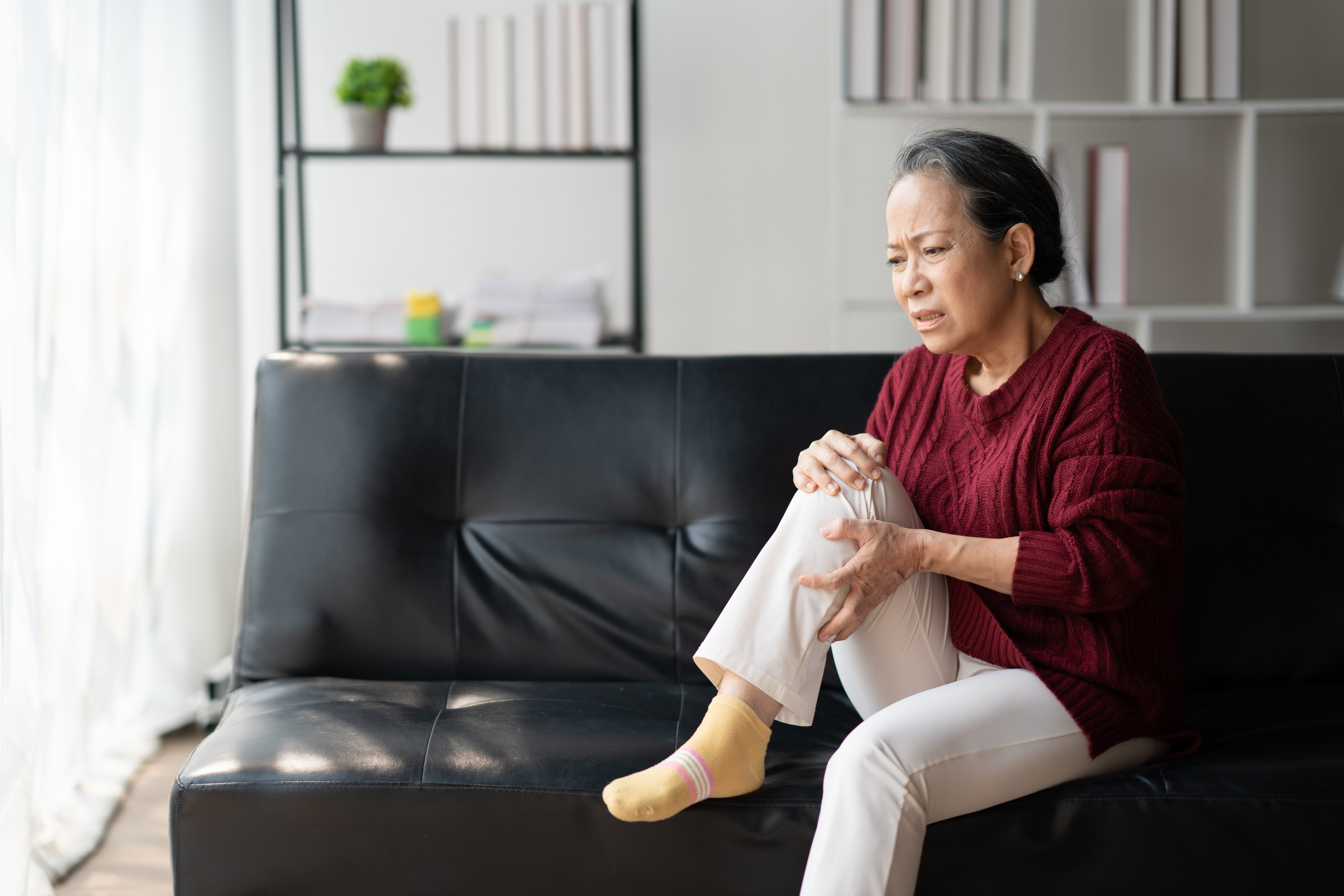
Weakness in the legs, often described as a feeling of heaviness or fatigue, is a subtle yet telling sign of PVD. This symptom occurs when the muscles are deprived of the oxygen and nutrients needed for proper function, leading to a sensation of tiredness and reduced endurance. It is most commonly experienced during physical activity, such as walking or climbing stairs, and can significantly impact one's quality of life. The presence of weakness in the legs reflects the severity of vascular impairment and the need for medical evaluation and intervention. This symptom is often accompanied by other signs of PVD, such as leg pain or numbness, reflecting the body's struggle to maintain adequate circulation. Recognizing and addressing weakness in the legs is crucial for timely diagnosis and intervention, allowing individuals to improve their vascular health and prevent further complications. Ignoring weakness in the legs can have serious consequences, as prolonged reduced blood flow can lead to muscle atrophy and impaired mobility. By understanding the connection between weakness in the legs and PVD, individuals can seek medical evaluation and adopt lifestyle changes that promote vascular health. This may include regular exercise, dietary modifications, and smoking cessation, all of which can improve circulation and alleviate symptoms.
15. Pain at Rest: The Body's Constant Reminder

Pain at rest, often described as a persistent ache or burning sensation in the legs and feet, is a significant indicator of advanced PVD. This symptom occurs when the reduced blood flow to the affected areas is insufficient to meet the body's needs, even at rest. It reflects the severity of vascular impairment and the need for immediate medical evaluation and intervention. The presence of pain at rest is a concerning sign that should not be ignored, as it may indicate critical limb ischemia, a severe form of PVD that can lead to tissue damage and even amputation if left untreated. This symptom is often accompanied by other signs of PVD, such as leg pain or numbness, reflecting the body's struggle to maintain adequate circulation. Recognizing and addressing pain at rest is crucial for timely diagnosis and intervention, allowing individuals to improve their vascular health and prevent further complications. Ignoring pain at rest can have serious consequences, as prolonged reduced blood flow can lead to tissue damage and impaired mobility. By understanding the connection between pain at rest and PVD, individuals can seek medical evaluation and adopt lifestyle changes that promote vascular health. This may include regular exercise, dietary modifications, and smoking cessation, all of which can improve circulation and alleviate symptoms.
16. Frequent Infections: The Immune System's Struggle

Frequent infections, particularly in the legs and feet, can be a subtle yet significant indicator of PVD. This symptom occurs when the reduced blood flow to the affected areas impairs the body's ability to fight off infections, leading to recurrent or chronic infections. It reflects the compromised state of the vascular system and the need for medical evaluation and intervention. The presence of frequent infections is often overlooked, as it can be attributed to other factors such as poor hygiene or underlying health conditions. However, in the context of other symptoms of PVD, it serves as a valuable clue to the underlying vascular issues. Recognizing this symptom and seeking medical evaluation can help identify PVD early, allowing for timely intervention and improved outcomes. Addressing frequent infections requires a comprehensive approach that includes medical evaluation, lifestyle modifications, and in some cases, medication or surgical intervention. By improving blood flow and addressing the underlying vascular issues, individuals can enhance their immune function and alleviate other symptoms of PVD, improving their overall vascular health and quality of life.
17. Cyanosis: The Skin's Blue Warning

Cyanosis, characterized by a bluish discoloration of the skin, is a significant indicator that your body may be grappling with PVD. This symptom occurs when the reduced blood flow to the affected areas leads to a lack of oxygen in the tissues, resulting in a bluish tint. It is most commonly observed in the extremities, such as the fingers and toes, where the impact of PVD is most pronounced. The presence of cyanosis reflects the severity of vascular impairment and the need for medical evaluation and intervention. This symptom is often accompanied by other signs of PVD, such as leg pain or numbness, reflecting the body's struggle to maintain adequate circulation. Recognizing and addressing cyanosis is crucial for timely diagnosis and intervention, allowing individuals to improve their vascular health and prevent further complications. Ignoring cyanosis can have serious consequences, as prolonged reduced blood flow can lead to tissue damage and impaired mobility. By understanding the connection between cyanosis and PVD, individuals can seek medical evaluation and adopt lifestyle changes that promote vascular health. This may include regular exercise, dietary modifications, and smoking cessation, all of which can improve circulation and alleviate symptoms.
18. Varicose Veins: The Veins' Silent Outcry
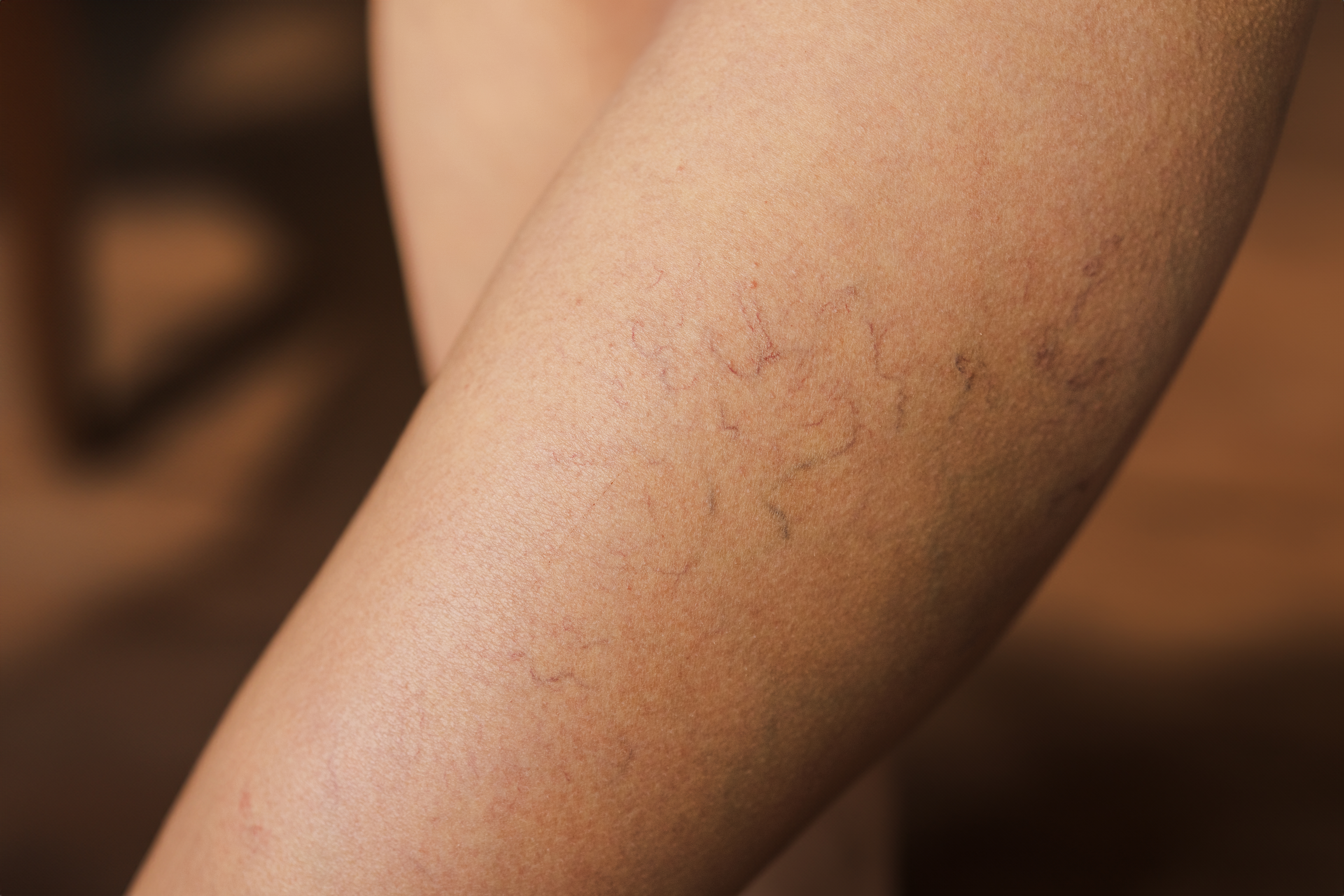
Varicose veins, characterized by swollen, twisted veins visible just under the surface of the skin, can be a subtle yet significant indicator of PVD. This symptom occurs when the reduced blood flow to the affected areas leads to increased pressure in the veins, causing them to become enlarged and distorted. It reflects the compromised state of the vascular system and the need for medical evaluation and intervention. The presence of varicose veins is often overlooked, as it can be attributed to other factors such as aging or prolonged standing. However, in the context of other symptoms of PVD, it serves as a valuable clue to the underlying vascular issues. Recognizing this symptom and seeking medical evaluation can help identify PVD early, allowing for timely intervention and improved outcomes. Addressing varicose veins requires a comprehensive approach that includes medical evaluation, lifestyle modifications, and in some cases, medication or surgical intervention. By improving blood flow and addressing the underlying vascular issues, individuals can alleviate the discomfort associated with varicose veins and enhance their overall vascular health and quality of life.
19. Gangrene: The Severe Consequence
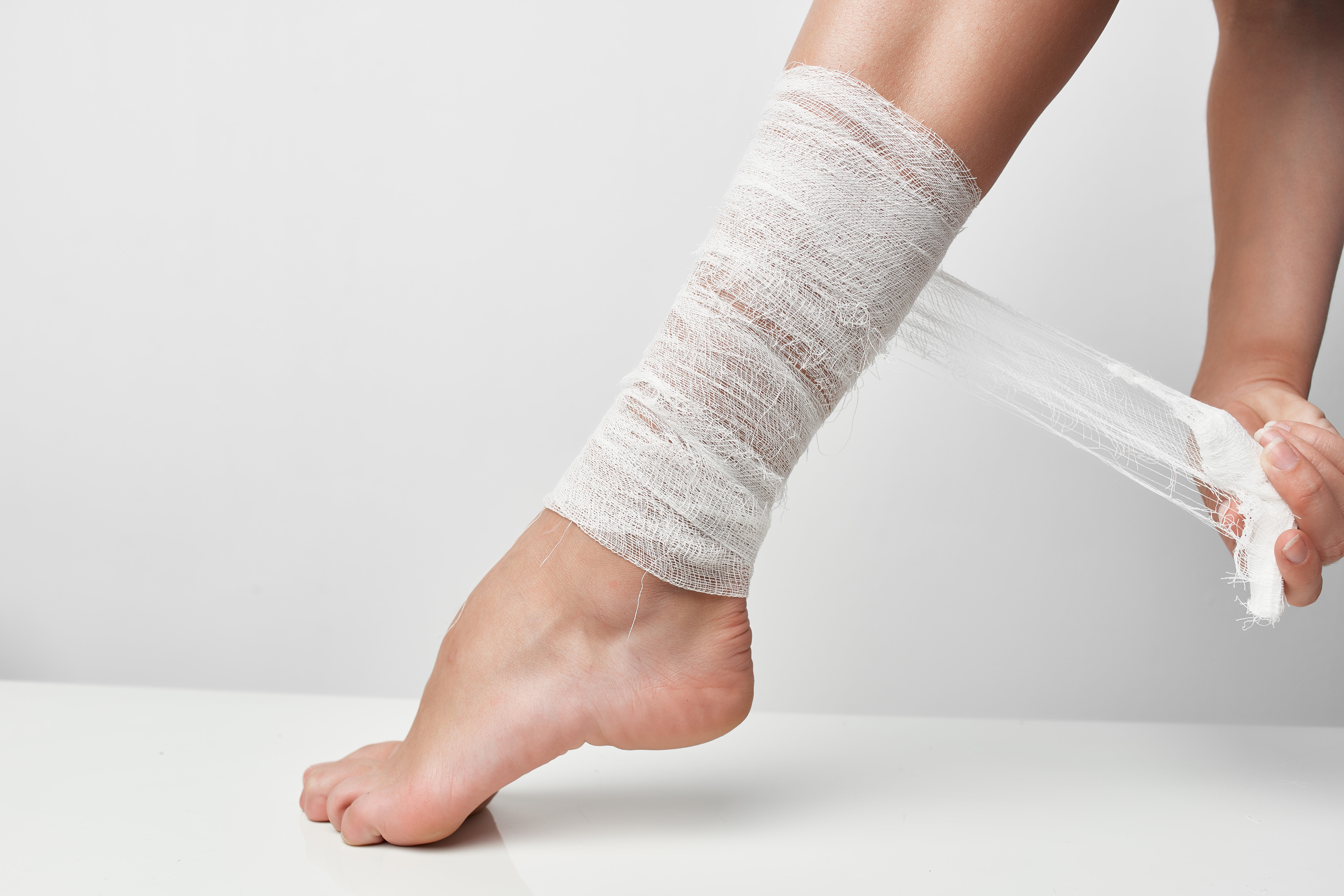
Gangrene, characterized by the death of tissue due to a lack of blood supply, is a severe consequence of untreated PVD. This symptom occurs when the reduced blood flow to the affected areas leads to tissue necrosis, resulting in blackened, foul-smelling tissue. It reflects the critical state of the vascular system and the need for immediate medical evaluation and intervention. The presence of gangrene is a concerning sign that should not be ignored, as it may indicate critical limb ischemia, a severe form of PVD that can lead to amputation if left untreated. This symptom is often accompanied by other signs of PVD, such as leg pain or numbness, reflecting the body's struggle to maintain adequate circulation. Recognizing and addressing gangrene is crucial for timely diagnosis and intervention, allowing individuals to improve their vascular health and prevent further complications. Ignoring gangrene can have serious consequences, as prolonged reduced blood flow can lead to tissue damage and impaired mobility. By understanding the connection between gangrene and PVD, individuals can seek medical evaluation and adopt lifestyle changes that promote vascular health. This may include regular exercise, dietary modifications, and smoking cessation, all of which can improve circulation and alleviate symptoms.
20. Swelling in the Legs: The Body's Fluid Imbalance

Swelling in the legs, often described as a feeling of heaviness or tightness, can be a subtle yet significant indicator of PVD. This symptom occurs when the reduced blood flow to the affected areas leads to fluid retention, causing the legs to become swollen and uncomfortable. It reflects the compromised state of the vascular system and the need for medical evaluation and intervention. The presence of swelling in the legs is often overlooked, as it can be attributed to other factors such as prolonged standing or underlying health conditions. However, in the context of other symptoms of PVD, it serves as a valuable clue to the underlying vascular issues. Recognizing this symptom and seeking medical evaluation can help identify PVD early, allowing for timely intervention and improved outcomes. Addressing swelling in the legs requires a comprehensive approach that includes medical evaluation, lifestyle modifications, and in some cases, medication or surgical intervention. By improving blood flow and addressing the underlying vascular issues, individuals can alleviate the discomfort associated with swelling and enhance their overall vascular health and quality of life.
Empowering Awareness and Action

Peripheral Vascular Disease is a condition that often goes unnoticed until significant damage has occurred. However, by recognizing the subtle ways your body signals its struggle against this condition, you can take proactive steps to protect your vascular health. From unexplained leg pain and cold extremities to more severe symptoms like gangrene, each sign offers valuable insight into the state of your circulatory system. Early detection and intervention are key to preventing the complications associated with PVD. By understanding these symptoms and seeking medical evaluation promptly, individuals can improve blood flow, alleviate symptoms, and reduce the risk of severe outcomes. As you reflect on the ways your body may be signaling its fight against PVD, consider the lifestyle changes and medical interventions that can promote vascular health. Regular exercise, a balanced diet, smoking cessation, and medication adherence are all essential components of a comprehensive approach to managing PVD. By taking action and seeking medical advice, you can improve your vascular health and enhance your quality of life.
